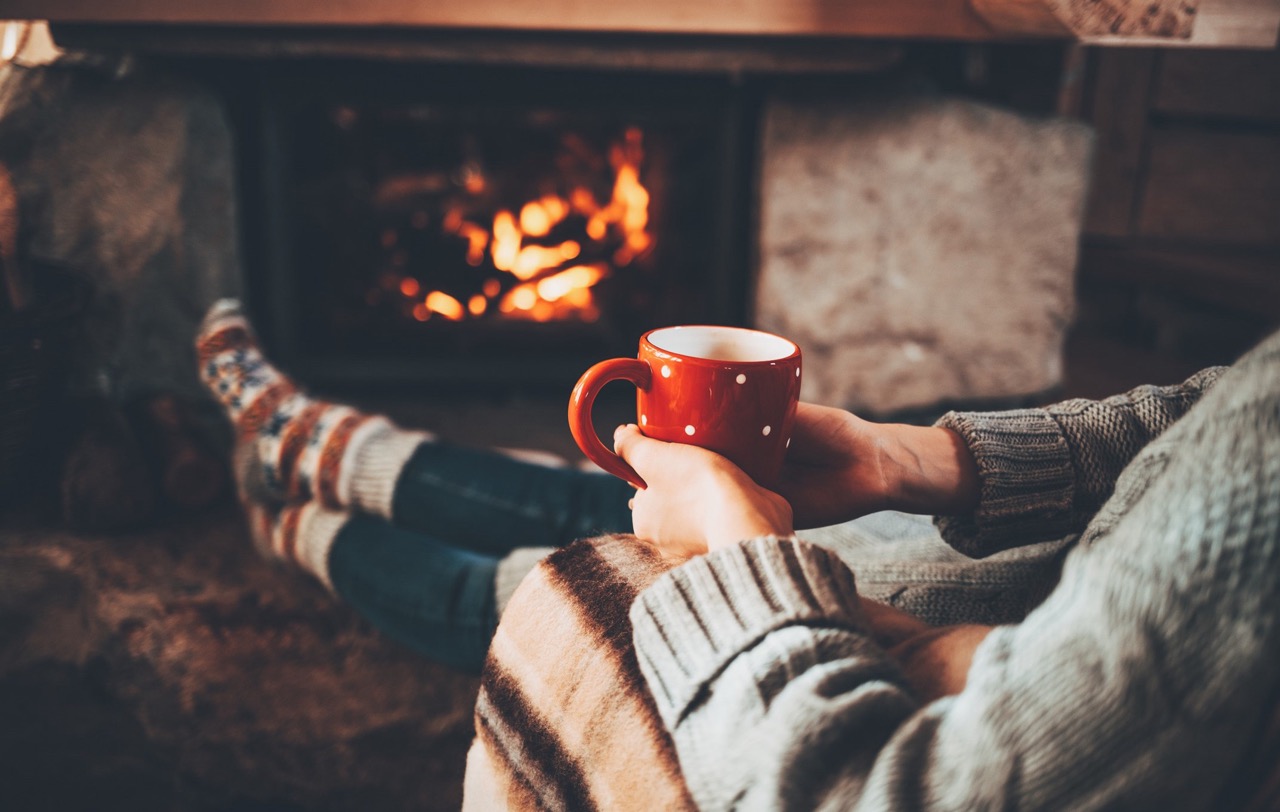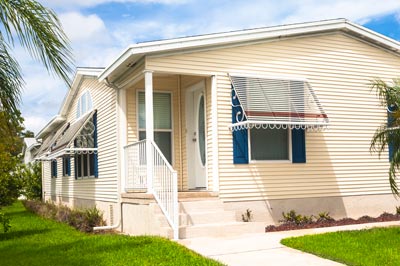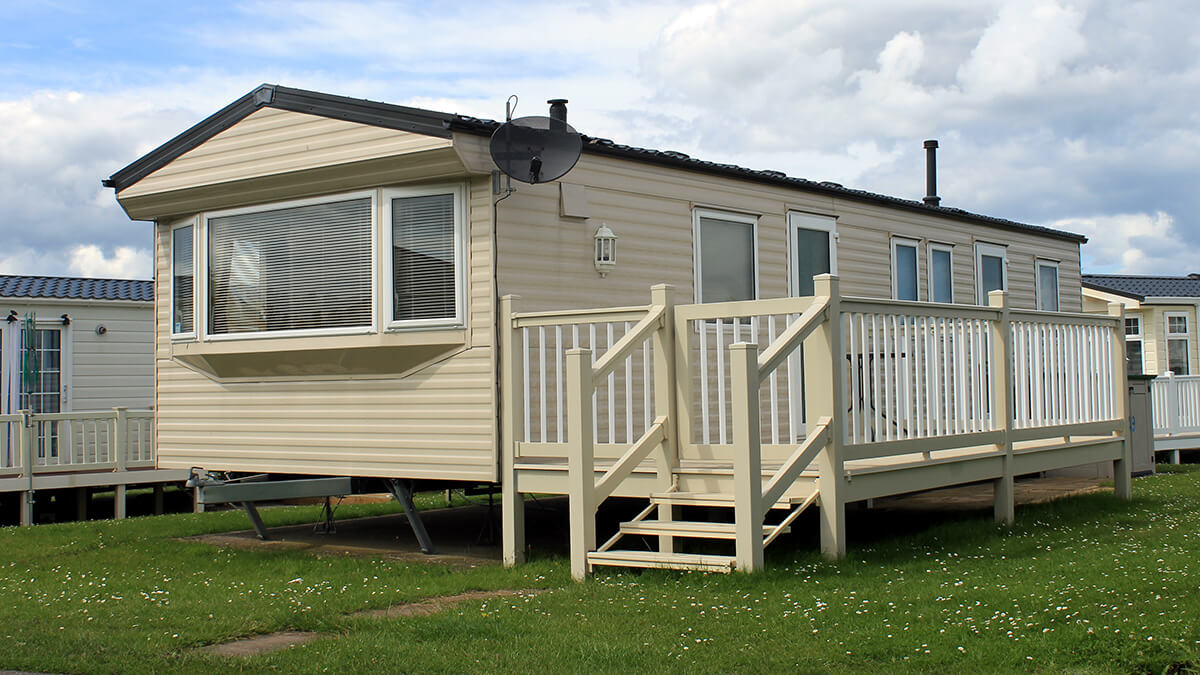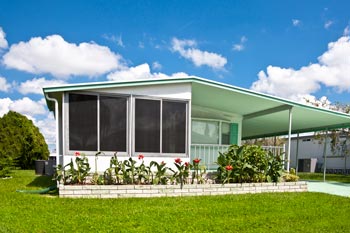Fireplace Safety Tips

There's nothing quite like a warm, crackling fire in the fireplace to up the cozy factor during the holiday season, and all winter long. If you're asking yourself “Are fireplaces safe?” you've come to the right place. There are things you can do to minimize the dangers, and we're going to walk you through them to educate you about fire safety.
Different kinds of fireplaces have different guidelines for operation, safety, cleaning, etc., so do your research and know the risks that are specific to your home. Here are some general rules to keep in mind before you zone out watching the hypnotic flames.
- Always keep a fire extinguisher on hand. It only takes a moment for something to go wrong, and you don't ever want to be caught without a fire extinguisher in reach.
- Never leave a fire unattended. If you're wondering if it's safe to keep a fire burning at night, the answer is no. Someone should always be in direct view of the fire.
- There are special considerations for fireplace safety for babies, children and pets. Never leave children unsupervised around fires, and consider a fireplace safety screen to provide an extra layer of protection. If your kids are old enough, make sure you explain the dangers of fire and educate them about what to do if something goes wrong.
- Keep an eye on your pets. They may be drawn to snuggle up close to the warmth, but you don't want them getting too close or staying there too long, risking a painful burn.
- Make sure the damper or the flue is open before you start a fire, and don't close it until the fire is completely out, with no more embers burning or glowing.
- The more smoke your fire produces, the more soot builds up in your chimney. Use dry, aged wood, which produces less smoke. Clean out ashes from previous fires to allow for better air supply to the logs, which will help them burn cleanly. Have your chimney inspected by a professional every year. This should not be a case of “out of sight, out of mind.”
- Wondering what kind of wood to burn? To prevent the spread of potentially destructive pests such as the emerald ash borer, use only local wood in your fireplace. Never burn plywood, or painted or pressure-treated wood. This kind of fuel could release harmful chemicals that could enter your living space.
- This one might seem obvious, but it's a good reminder. Before you start a fire, have a look around and make sure anything that's potentially flammable is away from the fireplace. Keep the area around the fireplace clear of curtains, furniture, books, etc.
- Make sure you have smoke and carbon monoxide detectors in your home, and test them monthly. This is solid advice even if you don't have a fireplace!
Following these fireplace safety tips is a great way to enjoy a safe, relaxing evening by the fire, but no matter how careful you are, accidents can happen. Make sure you have a homeowners policy that provides coverage in case of the unexpected.


